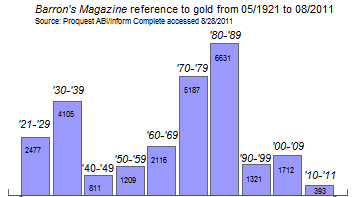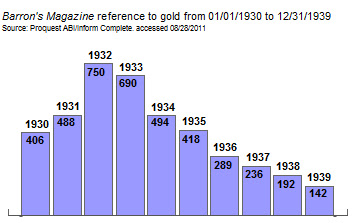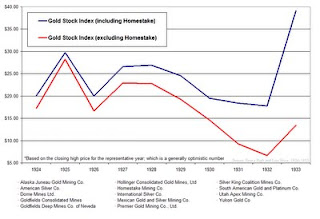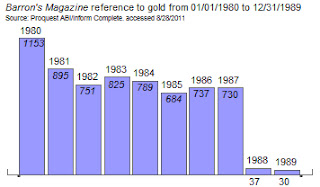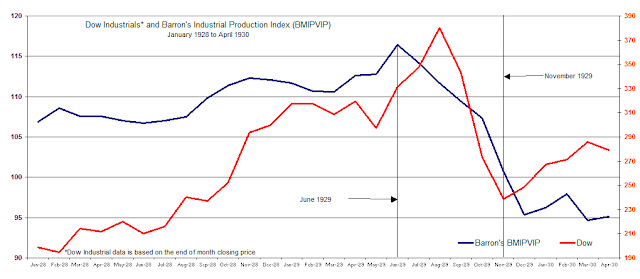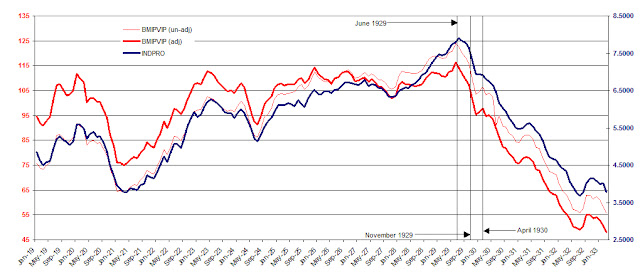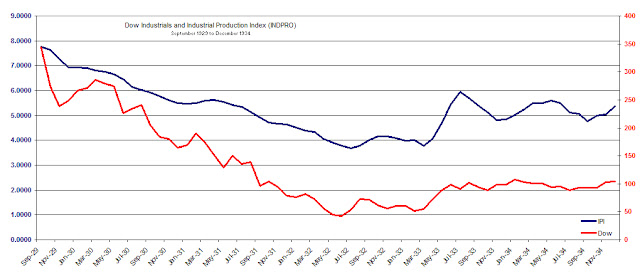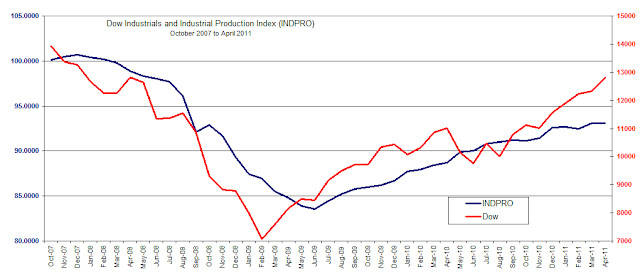In a SeekingAlpha posting titled “Time to dust off investing strategies from 2009 crisis, UBS says” dated April 12, 2020, it is suggested that:
“A group of deep-value stocks were winners for investors through multiple parts of the cycle during the 2008-09 financial crisis, and a UBS analyst team says it is time to revisit those investing strategies.”
The benefit of an analyst is that they give good guidance beforehand. Assessing the recommendations after the fact is necessary but using such an approach could be argued as having elements of survivor bias or data mining. After all, if the company went out of business it isn’t even being considered for the possible mistakes or bad assessment.
In order to truly learn from the past, it is best to look at published recommendations at the peak in the market and review the performance. This is where we can learn the most that isn’t biased toward favorable outcomes.
Below we rate and review published recommendations by all UBS analysts that give specific recommendations in Barron’s throughout the period from January 2007 to December 2007 (that we could find).
Safeway (SWY): UBS analyst Neil Currie
“A compelling voice of dissent comes from UBS analyst Neil Currie, who pegs Safeway's core earnings at $1.65 a share in 2006 and $1.74 in 2007 once Blackhawk is stripped out. With the Street assuming a "best-case scenario," he assigns a more moderate multiple of 15 times 2007 projected earnings of $1.90, and says Safeway should be worth about 29. Smart shoppers might want to check out another aisle for something fresher (Tan, Kopin. Safeway: Ripe for a Fall?. Barron's. January 1, 2007).”

Safeway, as reflected in the chart, was expected to be value not much more than $29 and that the stock price would likely decline in value from there. UBS analyst Neil Currie was right on the mark as Safeway rose slightly in 2007 and then fell as low as $15 by 2012. A later buyout offer of reached for Safeway as the stock traded as high as $35 in 2015.
DBS Group Holdings (DBSDF): UBS analyst Jaj Singh
“Despite last year's rally, bank valuations remain reasonable at 1.75 times book, or accounting, value. UBS analyst Jaj Singh argues that they should be higher because average valuations over the past eight years tracked a deflationary period, and "a more relevant period is the early 1990s." Then, banks traded at 2.6 times book value; UBS' target ratio today is 1.9. In the banking group, DBS, or Development Bank of Singapore (DBS.Singapore), boasts strong deposits, low funding costs and a 67% loan-to-deposit ratio that leaves much room for expansion. Tan, Kopin. Singapore: the Safest Route to Asia's Riches. Barron's. Feb 12, 2007).”

The crosshair in the chart above, from February 12, 2007, should be all that needs to be said on this topic. At roughly $14.85, the price of DBS declined as much as -64%. Currently, DBS Group sits at nearly -7% below the 2007 recommendation.
Weyerhaeuser (WY): UBS analyst Richard Schneider
“Shareholders are pressuring Weyerhaeuser to change its status as a corporation to a REIT with better tax benefits and where gains are passed on to investors, but it is unclear whether the push will succeed. One hurdle: The company "may have to sell everything but timberland to qualify" for RE IT status, according to UBS analyst Richard Schneider. The analyst, who rates the stock Neutral, says Weyerhaeuser may seek to partially restructure and split off its containerboard business (Malik, Naureen S. Forest Grumps. Barron’s. March 19, 2007.).”

From the March 19, 2007 recommendation to the low of March 6, 2009, WY fell approximately -75.44%. Weyerhaeuser currently sits –29.61% below the 2007 recommendation.
Daimler AG (DDAIF): UBS analyst Max Warburton
“Notes Max Warburton, a UBS analyst in London: ‘Ex-Chrysler, Daimler is already an 8% margin business. Management is committed to unlocking value and the 'new Daimler' is set to be a high-margin, high-cashflow business.’ The stock, Jonas and Warburton argue, is worth over $100 (Palmer, Jay. If You Can Find a Better Stock, Buy It. Barron’s. May 21, 2007.).”

From May 21, 2007 to the low of 2009, Daimler AG declined approximately –76%. Currently, Daimler AG sits –63% below the 2007 recommended level.
CSL (CSL.AX): UBS analyst Andrew Goodsall
“The outlook for CSL wasn't always so bullish. In 2003, its plasma business threatened to unravel when prices crashed due to oversupply; CSL shares plummeted from A$52 to a low of A$11.57. The glut spurred Aventis, now Sanofi-Aventis (SNY), to seek a buyer for its plasma unit. CSL Chief Executive Brian McNamee stepped in, paying almost A$1 billion to acquire the business-twice the size of his own plasma division-and the bet paid off.
“The deal helped improve the dynamics for the whole industry, as U.S. collection centers were consolidated. With several key barriers to entering the market, including a three-to-four-year lead time in setting up new centers, UBS analyst Andrew Goodsall estimates demand for plasma product should be "tight" until at least 2010 (Murdoch, Susan. Australia's First $100 Stock? Barron’s. May 21, 2007.).”


From May 21, 2007 to March 9, 2009, CSL increased +10%. More importantly, CSL increased +997% from May 21, 2007 to April 10, 2020.
Ameriprise Financial (AMP): UBS analyst Andrew Kligerman
“UBS analyst Andrew Kligerman predicted in our story that Ameriprise shares, then 45, would surge once investors realized what a money spinner the company was. He has a Buy rating with a target price of 73, or about 30% above recent levels (Willoughby, Jack. Ameriprise Shares Look Lofty. Barron’s. August 6, 2007.) ”


From August 6, 2007 to the low of November 2008, AMP declined -78%. As of April 9, 2020, AMP is up +109%.
Gold/GLD: UBS analyst John Reade
“Analysts say that buyers are set to return as the urge to avoid risk revives. Add to this an increasing physical demand from consumers, particularly in India, and gold's outlook is all the more bullish and its current price all the more attractive. Says UBS analyst John Reade: "In this environment, there's a meaningful chance that gold will attract the safe-haven bid that has been so far mostly absent during the credit crunch (Hotter, Andrea.Glimmers of Hope for Gold. Barron’s. August 27, 2007)."

At the time this was written, the iShares Gold ETF was trading at $65.98. The ETF went as high as $184.82 and settled at $70 at the lowest point in October 2008, gaining +6.09%. Currently, GLD sits below the 2011 peak but comfortably above the 2007 recommendation level.
British Airways (BA) or (IAG.L): UBS analyst Tim Marshall
“BA (British Airways) however, does have an ace up its sleeve: a new state-of-the-art terminal at Heathrow that opens in March. Known as Terminal 5, the huge facility will be for BA exclusively and offer travelers unusual comfort and speed in everything from security checks to baggage claims. The new terminal will ‘make the airline far more competitive and, in the end, will be a far greater positive for the airline than Open Skies will be a negative,’ maintains Tim Marshall, a UBS analyst in London. If he's right, the stock could actually rebound over the next 12 months (Palmer, Jay. Opening the Skies. Barron’s. December 3, 2007.).”

From December 3, 2007 to the low of October 10, 2008, IAG.L declined -68.02%. IAG.L sits
Thoughts
The winners, and still champions, are Safeway, CSL Limited and gold. The analysts, Neil Currie, Andrew Goodsall and John Reade, made calls that have stood the test of a major bear market and thrived through the subsequent bull market. These are analysts that should be tracked down and followed as their assessment may have been a function of timing, luck, or solid hard work.

Our favorite call is the Safeway assessment by Neil Currie because the price target given was very accurate and even after a buyout offer (years later) the stock did not get priced far above the 2007 valuation.
Those that didn’t do so well were at the mercy of the markets. Andrew Kligerman gets a mention for recommending Ameriprise Financial which crashed and recovered.


















![image_thumb[8] image_thumb[8]](https://i0.wp.com/www.newlowobserver.com/wp-content/uploads/2012/10/image_thumb8_thumb.png?resize=500%2C380)
